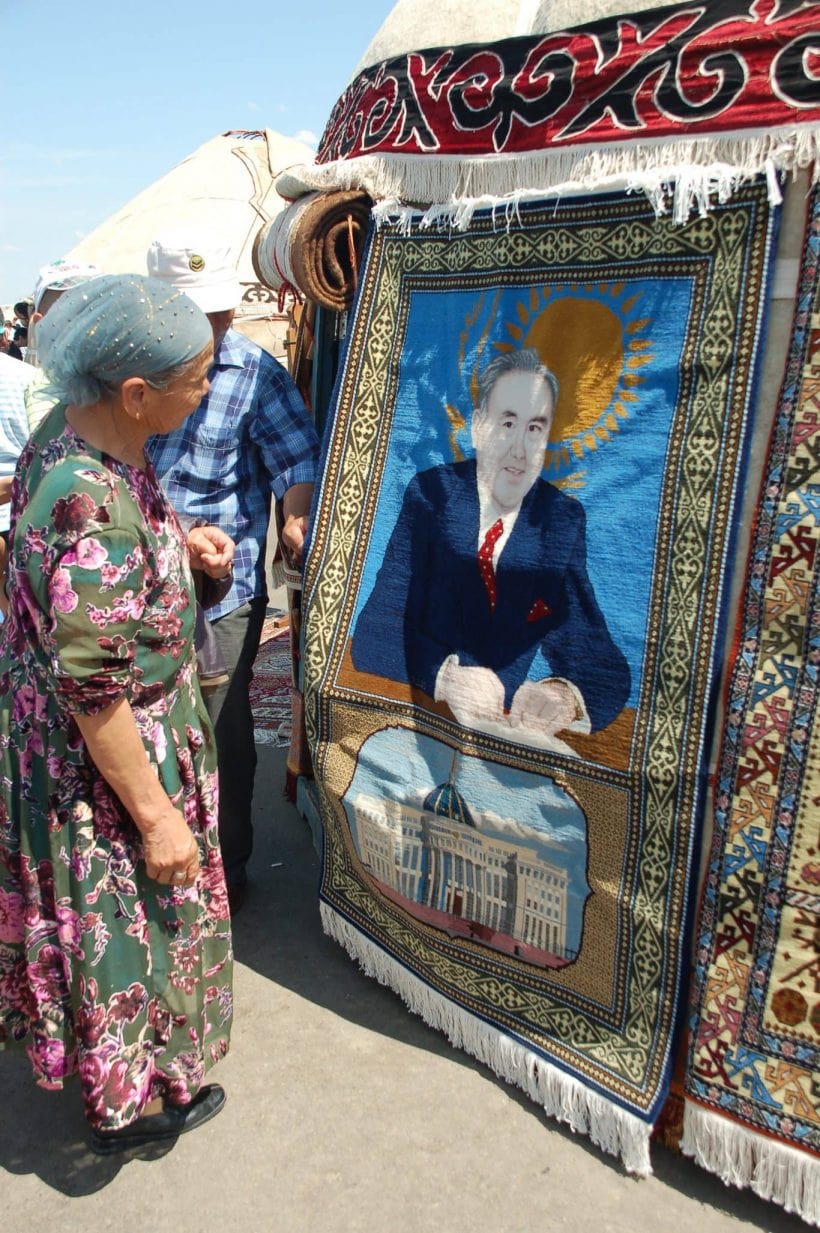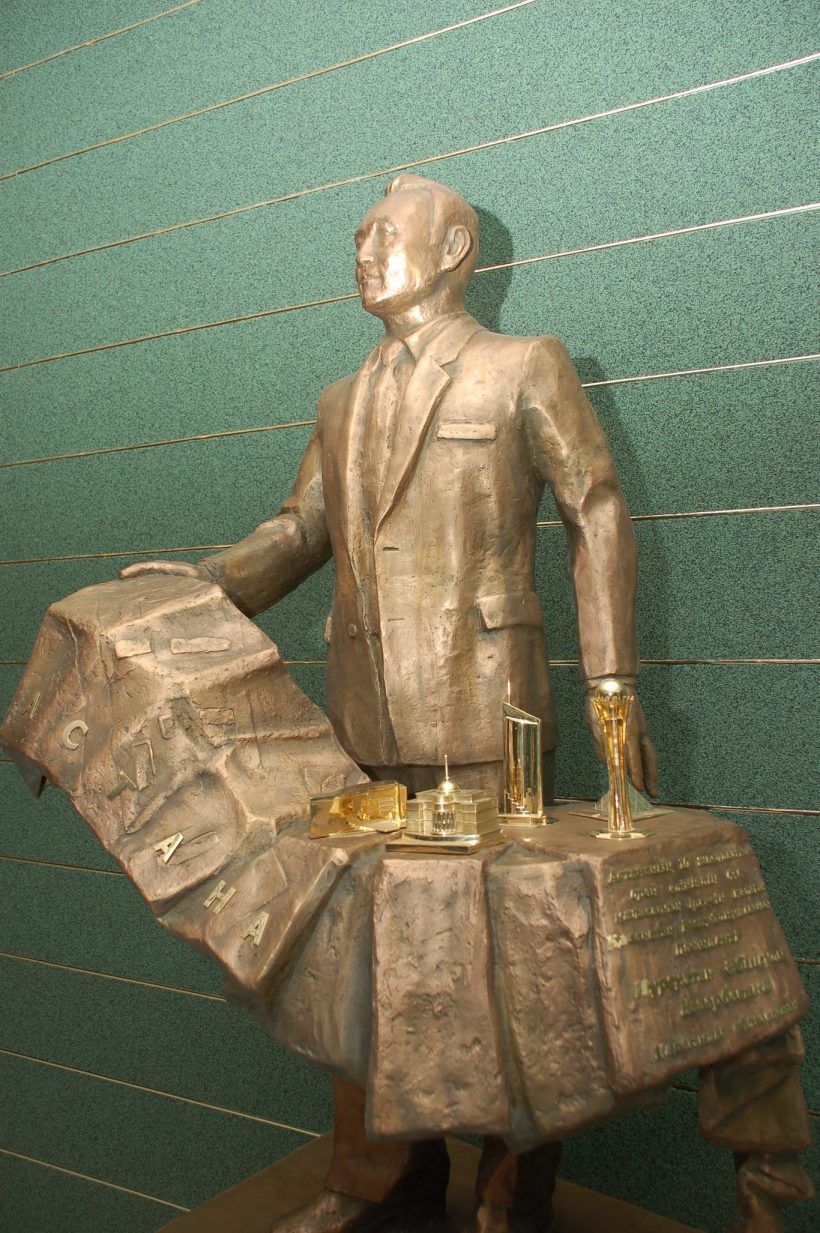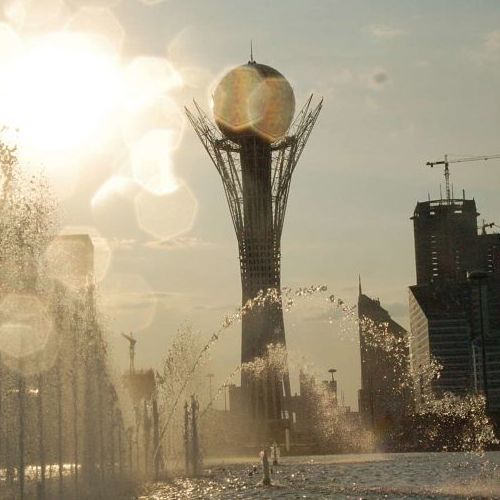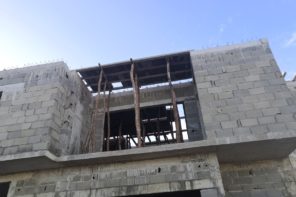What’s in a name? That which we call a rose
by any other name would smell as sweet.
William Shakespeare, Romeo and Juliet (act 2, scene 2)
On 19 March 2019, Kazakhstan’s President Nursultan Nazarbaev, aged seventy-eight, resigned. He had ruled the country for thirty years (first as the head of the Communist Party of the Kazakh SSR and then, following the Soviet Union’s demise, as the post-Soviet republic’s first president). The following day, the Kazakh parliament passed a resolution renaming the country’s capital city from Astana to Nursultan, and obliging the municipal governments of all of Kazakhstan’s cities to rename their main streets after Nazarbaev. To outside observers, the resolution marked Kazakhstan’s eventual slippage into full-blown personality cult, logically following decades of authoritarian rule. While by no means do I intend to eulogize Nazarbaev’s democratic credentials, I wish to suggest that the recent events, while surprising, actually change far less than it might seem. And that is exactly the point. To risk another literary parallel—admittedly far-fetched—barys, the majestic snow panther that is one of Kazakhstan’s national symbols, appears close kin of Giuseppe Tomasi di Lampedusa’s famous Leopard. In a memorable quote, one of the protagonists of that great Italian novel, Tancredi, declares: ‘If we want things to stay as they are, things will have to change.’ I do not know if Nazarbaev had ever read Lampedusa, but if he had, he clearly took Tancredi’s paradoxical advice to heart.
It bears noting that for the city in question, this is already a third name-change in less than three decades. Established in the nineteenth century as a tsarist trading outpost called Akmolinsk, the town was renamed Tselinograd in 1961 by the Soviets. Following the end of Soviet rule, it was briefly known as Aqmola, before becoming Astana (‘Capital’ in Kazakh) in 1998, when Kazakhstan’s capital was transferred here from Almaty. At some level therefore, residents might perceive yet another switch as business as usual.

Rural migrant watches a rug with President Nazarbaev’s portrait at Astana Day. Photo by Mateusz Laszczkowski.
Nazarbaev resolutely avoided the development of an all-out personality cult. He forbade statues to himself to be raised. Around the time of my doctoral fieldwork in Astana, a decade ago, his likenesses only began appearing, as if hesitantly, on monuments—usually amid other figures in group scenes in bas-relief depicting the Kazakh nation and its history. The idea of renaming the capital after him is not all that new. It was proposed several times over the last decade by various sycophant politicians, but Nazarbaev always refused.
Astana very effectively served as ‘personality cult by proxy’ anyway (Adams and Rustemova 2009). Nazarbaev was credited with planning the city, from the general idea of capital relocation down to the design of particular buildings, such as Astana’s key architectural symbol, the Bayterek tower, whose shape the President had allegedly outlined on a handkerchief. He was frequently depicted literally as Astana’s architect, and the national holiday, Astana Day, was celebrated on his birthday.
Students of politics have produced many theories of how authoritarianisms work. In political anthropology, one prominent way of thinking assumes that citizens under authoritarian regimes choose to act ‘as if’ they identified with official ideology, for that guarantees a modicum of stability and day-to-day survival (Navaro-Yashin 2002; Wedeen 1999; Yurchak 2006; Žižek 1991). To some extent, this is also plausible for Nazarbaev’s Kazakhstan. But my research suggested that the role of Astana in shaping the political in Kazakhstan was more positive. That is, beyond cynical resignation and dissimulation, the much-propagandized development of the capital—with massive investment, astonishing pace and scale of construction, and spectacular, cosmopolitan architectural forms—animated citizens’ imaginations, inspired hope and fantasies of a better future (Laszczkowski 2016; see also Koch 2018). People were aware of the vastly uneven distribution of the benefits and widespread corruption. Legends of fantastic embezzlement circulated, interspersed with rumours of new buildings literally falling apart before they were even built, as a result of contractors’ mundane economizing. Many citizens—not least the hopeful migrants who flowed to Astana from remote corners of the country in search of better, more affluent, more ‘modern’ lives—directly experienced the harsh realities of making a living in this city under construction.
Still, Astana—the material forms inextricably blended with images and imaginations—functioned as a generator of personal hopes, plans, and dreams, and a hotbed of opportunities.
The dreams were not necessarily utopian. Commonly, the hope was for an apartment and a modest job. My point is that by generating the multiplicity of these personal visions of improvement, Astana helped channel citizens’ energies and emotions around a collective goal defined and orchestrated by the country’s leadership (Laszczkowski 2014).

Nursultan Nazarbaev as Astana’s architect. Statue at the Presidential Cultural Centre, Astana. Photo by Mateusz Laszczkowski.
I recall that at the time of my fieldwork, for the majority of the people I met there the biggest fear was what might happen if Nazarbaev suddenly was no more. The series of bloody coup d’états in neighbouring Kyrgyzstan, wars in Tajikistan and Georgia, and prolonged unrest in Ukraine, provided dreadful scenarios. Simultaneously, compared to the other regimes in the region—the dictatorship of Islam Karimov in Uzbekistan and the bizarre rule of Saparmurat Niyazov in Turkmenistan—Nazarbaev seemed almost an enlightened despot. My interlocutors generally knew that none of Kazakhstan’s elections had been internationally recognized as ‘fair and free’. But that just wasn’t really a meaningful category. I remember I was struck when a local friend—a ballet artist—stated: ‘What Putin and Medvedev did in Russia, that’s the way to go. One substitutes for the other and things can go on. But here, no—fucking elections must be held!’ Similarly, many of the people I met were aware of the persecution and occasional killings of opposition politicians. But if you could live your life in peace and relative affluence, why would anyone oppose the government in the first place? In the name of what abstract principles? Nazarbaev was seen first and foremost as a guarantor of stability, and that was a fundamental value.
Without going back to Kazakhstan for a new period of fieldwork it is hard to say, but I suppose many citizens (probably most) welcomed the President’s last gambit with relief. The much-feared transition to an inevitable post-Nazarbaev future shall be smooth. Nazarbaev passed the presidency over to one of his tried-and-trusted apprentices, Kassym-Zhomart Tokaev, Speaker of the Senate and former Prime Minister. Tokaev is a familiar, reassuring figure to the general public. Simultaneously, Nazarbaev continues to chair Kazakhstan’s Security Council and head the ruling party, Nur Otan. Citizens may rest assured—the Elbasy (‘Head of the Nation’, a honorific title that Nazarbaev uniquely bears) is still in charge.
In the days after Nazarbaev’s abdication, there were protests in Astana and several other cities against the renaming of the capital. It takes courage to openly express dissent knowing full well that this may and very likely will lead to arrest and persecution. I do not mean to downplay that courage. But the numbers of protesters were insignificant—reportedly, no more than several dozen. More typically, the Kazakhstanis reacted with irony. Jokes and memes around the name Nursultan mushroomed across the social media. For instance, in a short video, a man says he is driving down Nazarbaev Avenue, to get to the Nazarbaev Airport, on his way to Nursultan where he is going to apply to Nazarbaev University. There were also demonstrations of support for the decision.
Do these reactions testify to the absence of a democratic ethos, the success of official ideology, or widespread fear of power?
In some sense, each of these hypotheses may be true—to some extent, for some people. But I think what these reactions truly suggest is something different. Namely, we are yet again reminded that there are many more modalities of political agency than allowed for by binary concepts such as complicity and resistance, authoritarianism and democracy, and so forth. Continuity and change are also such a binary opposition. Reality, as Lampedusa understood and I think so does Nazarbaev, tends to be much more pliable than that. I am curious to see what the future will bring. And the capital’s name? After all, what’s in a name?
References
Adams, Laura L., and Assel Rustemova. 2009. ‘Mass Spectacle and Styles of Governmentality in Kazakhstan and Uzbekistan.’ Europe-Asia Studies 61(7):1249‑1276. https://www.jstor.org/stable/27752347
Koch, Natalie. 2018. The Geopolitics of Spectacle: Space, Synecdoche, and the New Capitals of Asia. Ithaca, NY: Cornell University Press.
Laszczkowski, Mateusz. 2014. ‘State Building(s): Built Forms, Materiality, and the State in Astana’. Madeleine Reeves, Johan Rasanayagam, and Judith Beyer (eds), Ethnographies of the State in Central Asia: Performing Politics. Bloomington: Indiana University Press. Pp. 149‑172.
‑‑‑‑‑ 2016. ‘City of the Future’: Built Space, Modernity, and Urban Change in Astana. New York: Berghahn Books.
Navaro-Yashin, Yael. 2002. Faces of the State: Secularism and Public Life in Turkey. Princeton, NJ: Princeton University Press.
Wedeen, Lisa. 1999. Ambiguities of Domination: Politics, Rhetoric, and Symbols in Contemporary Syria. Chicago: The University of Chicago Press.
Yurchak, Alexei. 2006. Everything Was Forever Until It Was No More: The Last Doveit Generation. Princeton, NJ: Princeton University Press.
Žižek, Slavoj. 1991. The Sublime Object of Ideology. London: Verso.
Featured image: Bayterek tower amid Astana’s under-construction landscape. Photo by Mateusz Laszczkowski.









